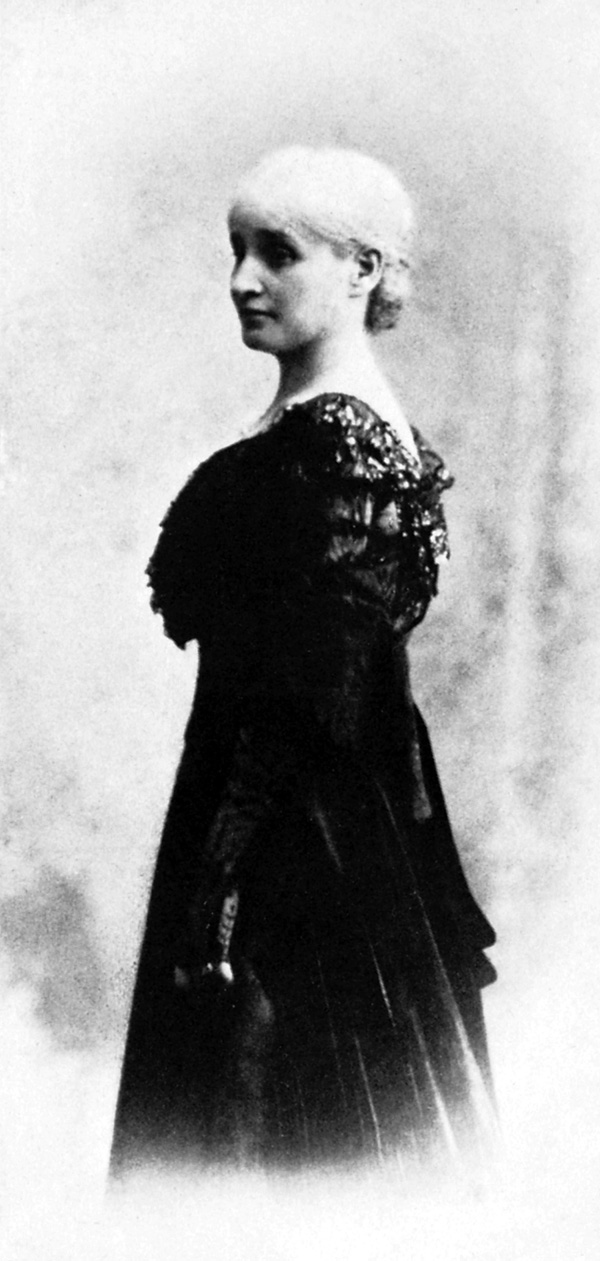8.3 Follow-up on Anna O.
Anna O.’s symptoms do not fit neatly into any single one of the disorders discussed in this chapter. She had hallucinations, dissociative symptoms, and bodily symptoms—but they probably wouldn’t meet the diagnostic criteria for SSD. Today, she would probably be diagnosed with more than one disorder.

Anna’s symptoms cleared up near the end of her treatment with Breuer. However, after their final session, she had a major relapse, and Breuer refused to continue to treat her. He found the therapy sessions with Anna too time- and energy-consuming, and, given her relapse, he was not optimistic about her prognosis.
Anna’s history for the 6 years after her treatment with Breuer remains largely unknown, although we do know that she was hospitalized several times for her addiction to morphine and chloral hydrate, which Breuer had prescribed for her. Despite Breuer’s negative prognosis, Anna O. went on to accomplish great things. Her real name was Bertha Pappenheim, and she became a social worker, the director of an orphanage, and the founder of a home for unwed mothers that was dedicated to teaching the women skills to support themselves and their children. For the rest of her life, she strove to improve the lives of poor women and children (Freeman, 1990).